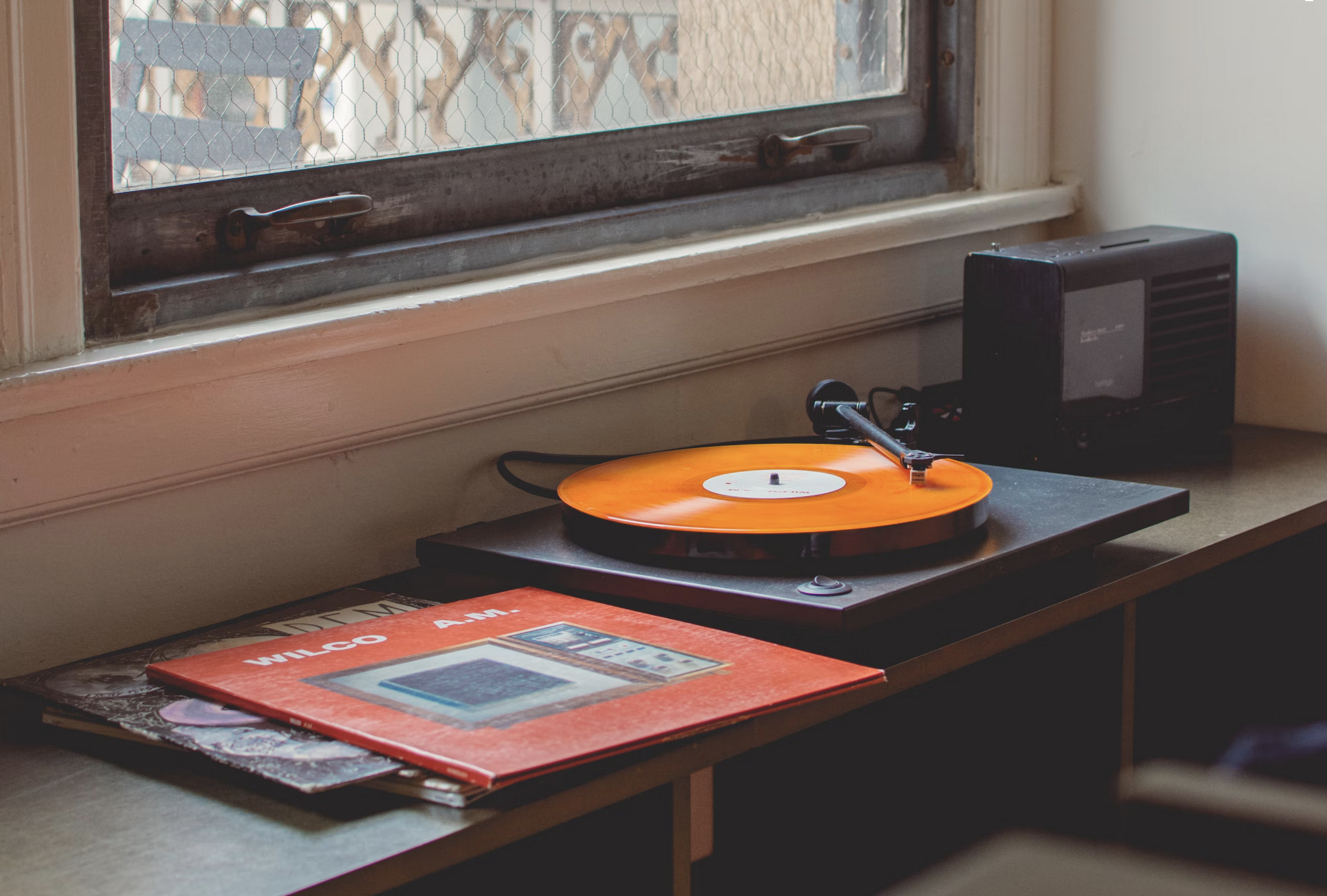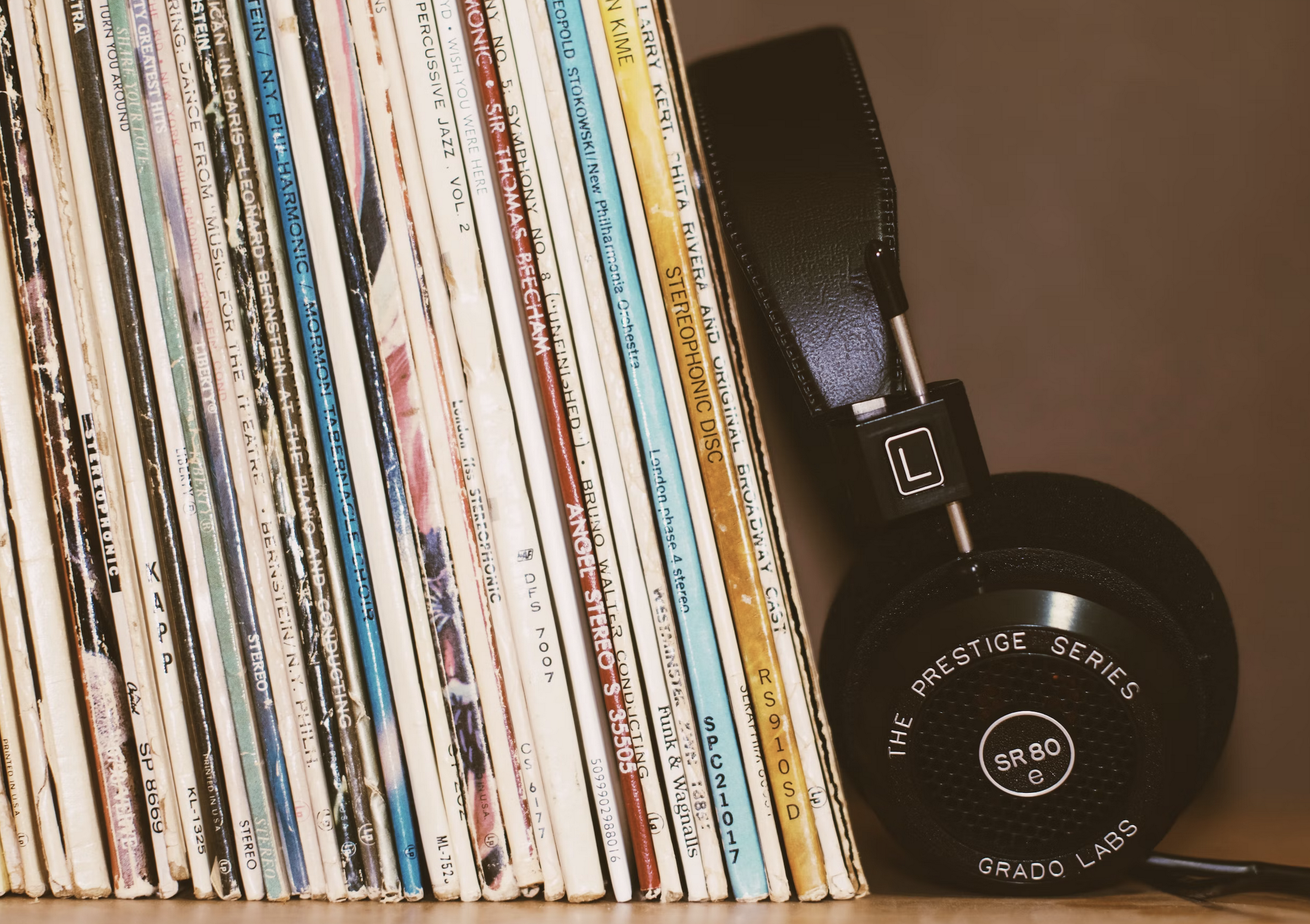Music holds incredible power – it can boost your mood, reduce stress, and help you concentrate. That’s why it can be a great tool for getting things done in college. If you haven’t tried it yet, here is what you need to know about creating an ultimate study playlist.
Why Study With Music
First of all, it is important to understand the benefits such a method can bring. Of course, it is not going to be a perfect solution for every student. But it is worth giving it a shot if you have trouble concentrating and sticking to the task.
The benefits of studying with music are:
- It can boost your mood. Listening to tunes reduces stress, improves a positive attitude, and helps you perform at your best in terms of academia;
- Studies show that it can improve memory and assist in remembering crucial information. It can create associative patterns in your brain;
- Music can improve your motivation and make even the most boring session more fun. This happens due to reward-related parts of the human brain that are activated by something you enjoy;
- It reduces anxiety and stress students might deal with;
- Some studies claim that it can improve concentration and productivity.
Of course, a playlist is not going to do the job for you. It is just here to help avoid procrastination and get things done faster. If you struggle with an assignment and need professional assistance, you can always turn to edit my paper service for that. Professional academic writing platforms are ready to assist with all types of college papers in almost no time. Experienced writers offer writing, editing, and proofreading help to all students in need.
They can help you polish your work to excellence or do it completely from scratch. This is a perfect solution for those struggling with deadlines or lacking confidence in their skills. It can also be quite useful for students that experience academic burnout and cannot perform at their best. Collaboration with professionals is a great learning opportunity as well as you get expert advice and guidance .
For some students, it is more comfortable to work in silence, which is completely fine. Everyone is different, and for some, music can be too much of a distraction. Also, it can decrease reading comprehension, so pay attention to what aligns with your needs and preferences.
How to Create a Study Playlist
If you are ready to try and beat procrastination with some tunes, here are the best tips on creating an effective playlist.
Start with Classics
The Mozart effect refers to the way his music can enhance someone’s productivity and creativity. When looking for a perfect option for learning, consider classics. Numerous studies show that this is one of the best choices out there.
It might stimulate your brain and endorse information retention. Also, it has no lyrics, so it won’t be too distracting. If you are new to this, start with Mozart, Beethoven, or Vivaldi. Different tunes have different moods, so choose the one that corresponds with the activity. For example, pick something light for reading and more energizing for writing.
Also, choosing classics is a great way to expand your music library.
Try Moderate Temp
One of the secrets of making an effective playlist for learning is to find a balance. Do not go for something that will get you up dancing or singing. This is only going to reduce your focus.
Select more moderate and simple tempos. Something not too upbeat and so soothing that you’ll fall asleep.
Avoid Lyrics
Although it might be tempting, do not use any songs that have lyrics in them. This is going to take your brain’s attention from the job. This is particularly bad for reading or memorizing things. When you are building essential study skills, you do not need any distractions.
Even if you choose a song with lyrics in another language, it is still bad. The human brain will automatically try to process this new source of information. So no lyrics it is.
Give LoFi or Low-Beat Tunes a Chance
If you are not into classics, there are other great options. LoFi is one of the well-loved genres when it comes to studying playlists. One of the great examples is the famous YouTube video of a girl studying LoFi. It streams continuously, and a lot of students use it.
Such genres are not distracting and have moderate temp, so they are perfect for reading, researching, or writing.
 Look for Examples Online
Look for Examples Online
Another good tip is to get inspiration from others. There are plenty of online resources to try, namely:
- YouTube (search for study tunes);
- Spotify (there are many ready-to-use playlists);
- YouTube music creates such lists automatically based on your preferences;
- LoFi cafe site;
- Soundcloud;
- Calmradio;
- RadioArt, etc.
Maybe you’d like some Jazz or piano concerts. Give yourself time to explore and try different things to make the best out of this experience and find exactly what works for you.
Adjust Volume
Keep in mind that it should be a background sound. So adjust the volume on low or moderate levels even if using headphones.
Try Nature Sounds
Although it is not music, it can be a perfect soundtrack to get things done. Ambient sound and nature are also great for increasing concentration and reducing stress. Some prefer the sounds of rain, others like the fireplace tunes. Give it a try and see whether it is effective for you.
Make it Short
There is no need to create a playlist for 100 hours. You can stick to 40 minutes, for example. This way, when the music’s over, you know it is time to take a break. After 10-15 minutes of relaxation, you can get back to learning recharged.
In Summary
Music can be of great help when it comes to doing homework in college. It positively affects mood and focus. It also assists in staying motivated and engaged. Try different genres and tunes but avoid lyrics or too much distraction.
Since 2005, Singersroom has been the voice of R&B around the world. Connect with us via social media below.

 Look for Examples Online
Look for Examples Online




